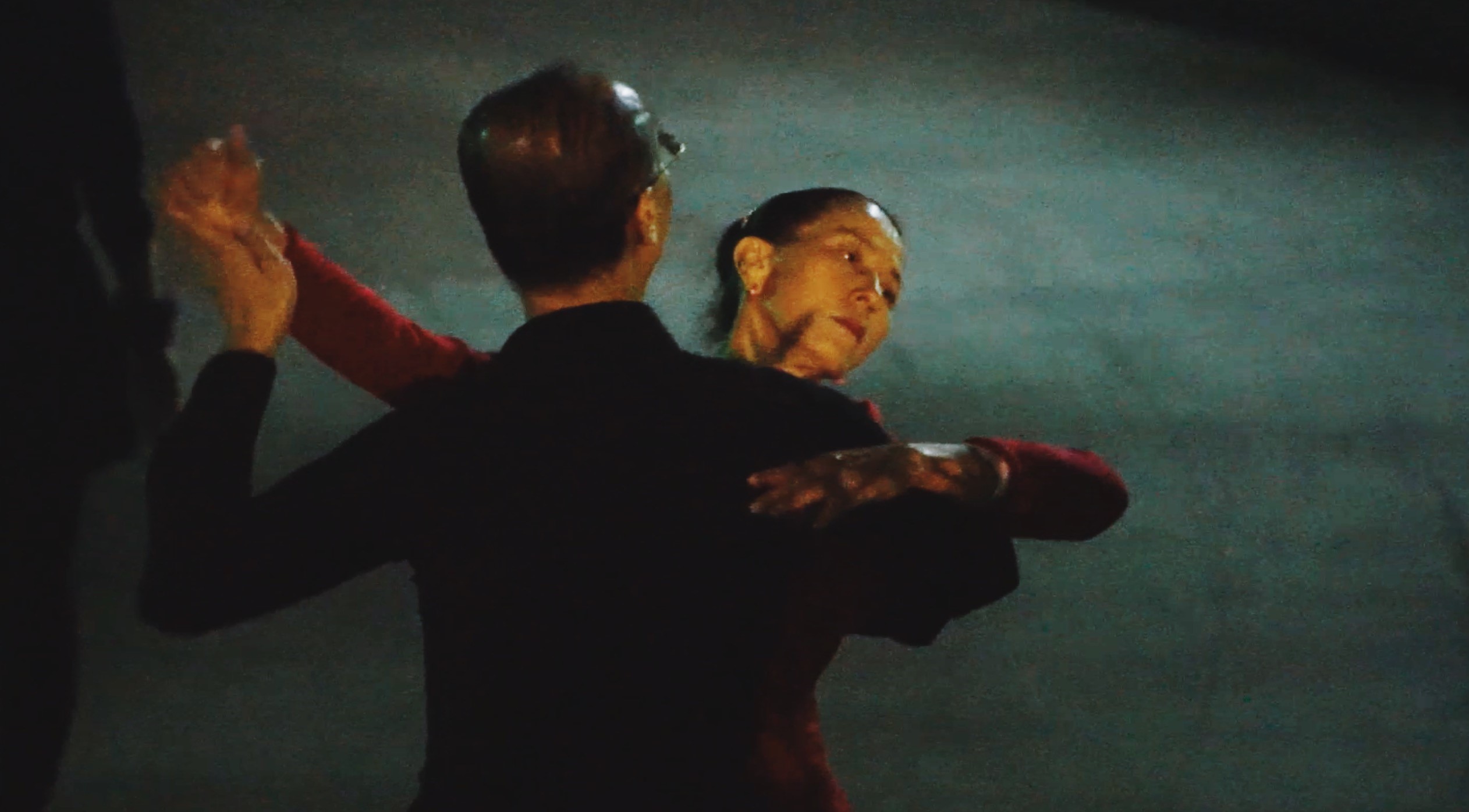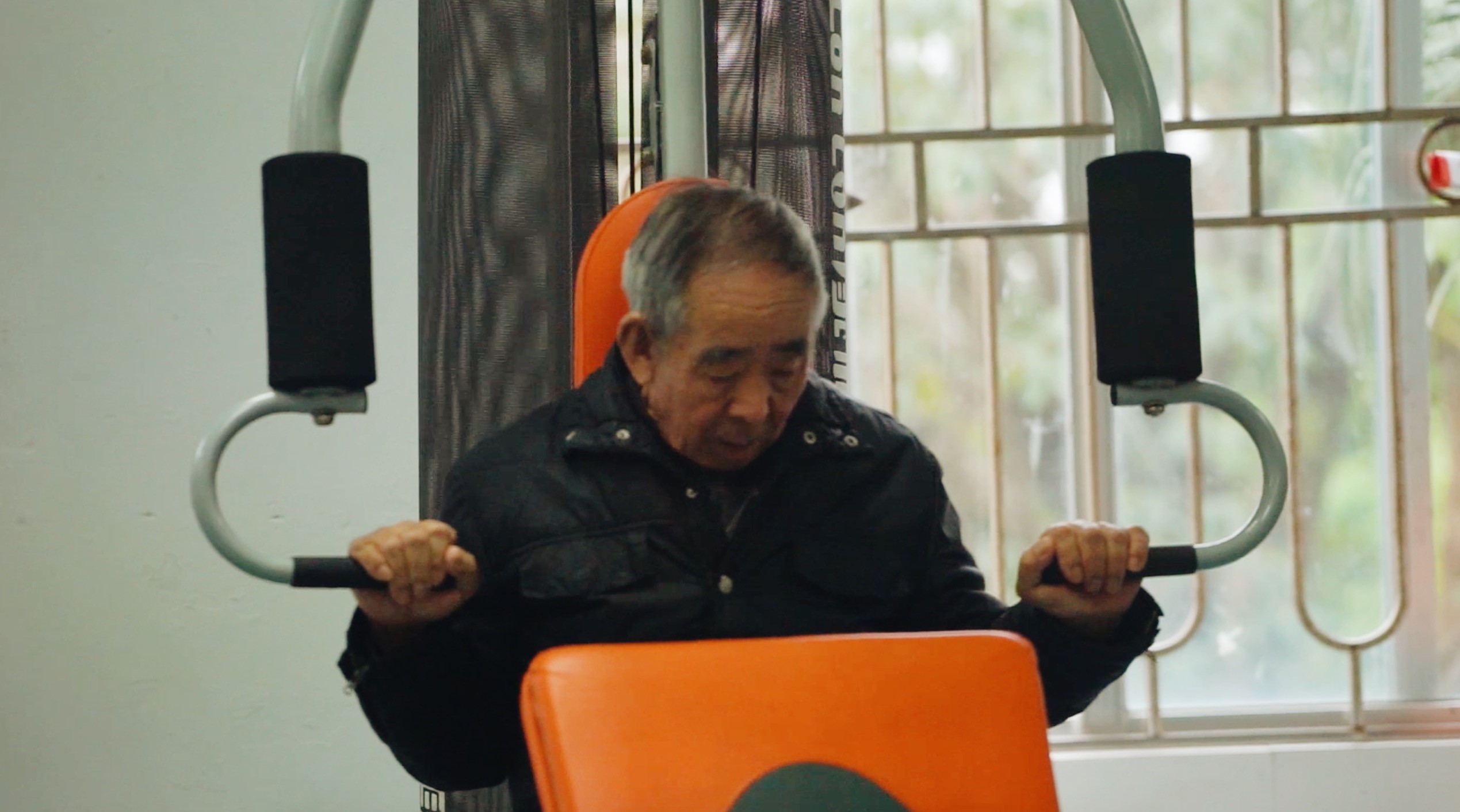In the last several weeks ago, when our teacher first told us about the physics motor project, we never thought that we would be the lucky dog who won the competition. Indeed, we have adjusted and improved the project several times to overcome the problems we met during the construction. Everything that happened during the construction of the project was terrific.

In the physics project, we were asked to build a tiny electric motor related to the knowledge of electromagnets that we have learned this semester, so it is good to see the principles that we are learning to be applied in real life. We were challenged to make it rotate as fast as possible. At the same time, we have also heard that students at the famous MIT university in America have also carried out his project, which also motivates us to try to make the motor perform better. It is a fascinating project closely related to our daily lives, and we get to build our mini electrical motor. During the project, everyone had to use the same batteries with the uniform energy and magnets provided by the teacher to ensure the fairness of the project. However, the process of converting theory into practical knowledge is not easy at all. We tried a variety of ways to make it spin faster. We initially attempted to build a model to test all the conditions that may affect the rate of revolution of the small coil. In the testing, we gradually realized that when the coil is tightly wrapped around its center of mass, it has a lower rotational inertia, forcing the coil to spin faster (like an ice skater pulling its arm in).

At the same time, we were also careful to move the magnet as close as possible to the coil and position it directly above the magnet to enjoy the greatest benefits from the magnetic force. It is also important that the coil spins perfectly on its axis without skewing or vibration to make the coil. After we had gotten all these conclusions, we started to make our better version of the coil that was expected to spin faster. However, after we built reshaped the coil and adjusted the position of the magnets, it surprisingly continuously broke our original record three times and reached 3158 rpm at last, which is out of our expectations.

To sum up, it is one of the most intriguing physics projects I have ever participated in. We not only learned several physics conclusions during the project but also improved our practical ability. At last, we really appreciated the support of Mr. Holt; he provided us with enough materials to carry out the project and gave us some appropriate suggestions when we met difficulties and hardly overcame them. And then, thanks to all the physics department teachers for the design and preparation of the project.
- Article / Criss & Vinee
- Photos / Kelly


















